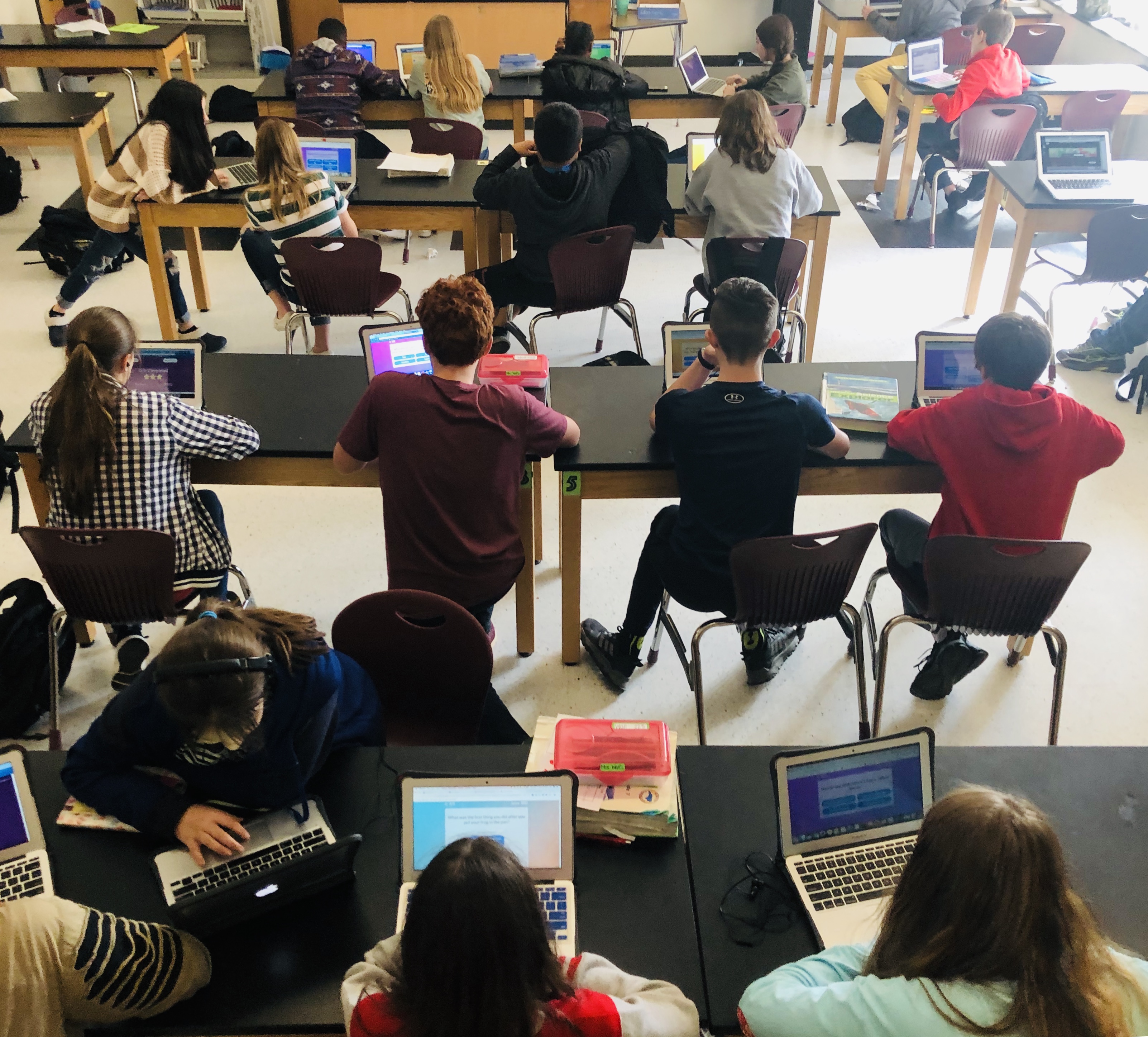We asked our community of Quizalize Professors for their top tips on getting students back into the rhythm of school life and learning. It’s always refreshing to hear various perspectives from different teachers. Maybe there’s something below you can try this year?
1. Routines
“I am all about routines! I spend extra time teaching routines for everything we do so that my classroom can run smoothly throughout the rest of the year. The time saved by doing this allows for more active teaching as the year progresses.”– Jamie Jo Morgan (@JamieJoMorgan), Wichita Falls, ISD
“Practice school routines and procedures, make covers for interactive notebooks and practice best practices for good digital citizenship.”
– Katie Miller (@cougars_katie4), Wichita Falls, ISD
Getting students into a routine is easier said than done, but establishing them early on will make a huge difference to saving lesson time and reducing stress levels (yours and the students’!) later in the year. Whether they’re 1st or 10th graders, getting them into a routine is beneficial for all.
2. Set expectations
“I cover the class expectations with the students and help them get their supplies organized. I have 6th graders so I allow them to keep their journals in my class, we mark them with tape for the class period and then put them in the proper place. I also introduce myself and let the students know about the class plans for the year.”– Jessica Mitchell (@mindofmitchell), McNiel Middle School, Wichita Falls ISD

3. Break the ice!
“It’s important to start the students with ice breakers, team builders, and procedures, but also start with simple review of content to give them immediate success.”– Chelsea Howells (@chelsea2832), McNiel Middle School, Wichita Falls ISD
“Activities related to children’s books about starting back to school, names, and classroom expectations.”– Michelle Keller (@92_keller), Cunningham, Wichita Falls ISD
4. Puzzles, escape rooms and fun
“Usually start out with crosswords and word searches and sometimes a little easy breakout”– Helen Spryra (@coachspyra), Barwise, Wichita Falls ISD
“I start with an Escape room the first day to have them use puzzles to learn my procedures and syllabus. Then I do a problem-solving STEM activity the 2nd day to get the kids thinking and working together.”– Laura Smith (@laurabsmith58), Mooresville Middle School in Mooresville Graded School District
“Play interactive games where I get to know them better and they get to know me.”– Tammy McDorman (@80sgirl1987), Fowler, Wichita Falls ISD
“Have fun! Play games! Get students accustomed to the class norms and school expectations by incorporating those details in culture-building activities. You set student expectations on day one by what you say and do. Emphasize learning, not obedience.”
– Paul Dietrich (@dietrichucation), Fairview Middle School, Gonzales Unified School District
“We play a few games and the first few lessons are hands-on. The first weeks of school can drag because every class they have is basically doing the same thing. I try to give them some variation in the day.”
– Jessica Mitchell (@mindofmitchell), McNiel Middle School, Wichita Falls ISD
Everyone loves games, even (or especially?) teachers! Although there’s always the pressure of completing curriculums and preparing for tests, never forget to have fun with your students. The best learning happens when they don’t know they’re learning!
5. Giving students a sense of belonging
“I usually start the year with cooperative games or a breakout that introduces the concept we work with that year. I put emphasis on us working together as a classroom family to be successful.”– Jamie Jo Morgan (@JamieJoMorgan), Wichita Falls, ISD
6. Getting an idea of where students are currently at (especially if they are new)
“Play Quizalize as a pre-assessment to the content and review how to use CanvasInfuse review materials with a presentation of class goals.”– Jonnie Larson, Liberty County High School, Liberty
7. Get them invested and excited for the year to come
“To get them invested in what I’m doing they have to know I care about them.”– Chelsea Howells (@chelsea2832), McNiel Middle School, Wichita Falls ISD
“Using anchor chart activities that include them talking about what they want to learn about (and posting their ideas to the chart), talking about some of the different activities they will be doing, getting to know the teacher and each other games, and showing them how much I care about them.”– Michelle Keller (@92_keller), Cunningham, Wichita Falls ISD
8. Encourage student participation
“The first step, because I teach Math, is to really emphasize (multiple times!) that they do not have to feel stressed out. Mistakes are required for success – the more mistakes you make, the more successes you’ll have in the end!”– Paul Dietrich (@dietrichucation), Fairview Middle School, Gonzales Unified School District
“Encourage student participation. Tap into students’ creativity. Incentivize learning when possible (extra credit, differentiated learning, etc.)”– Michael Posey (@map1118), Episcopal School of Baton Rouge, East Baton Rouge Parish, Independent
